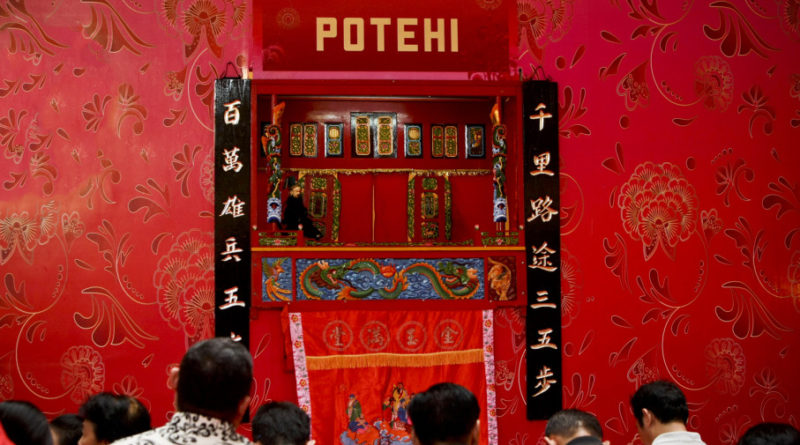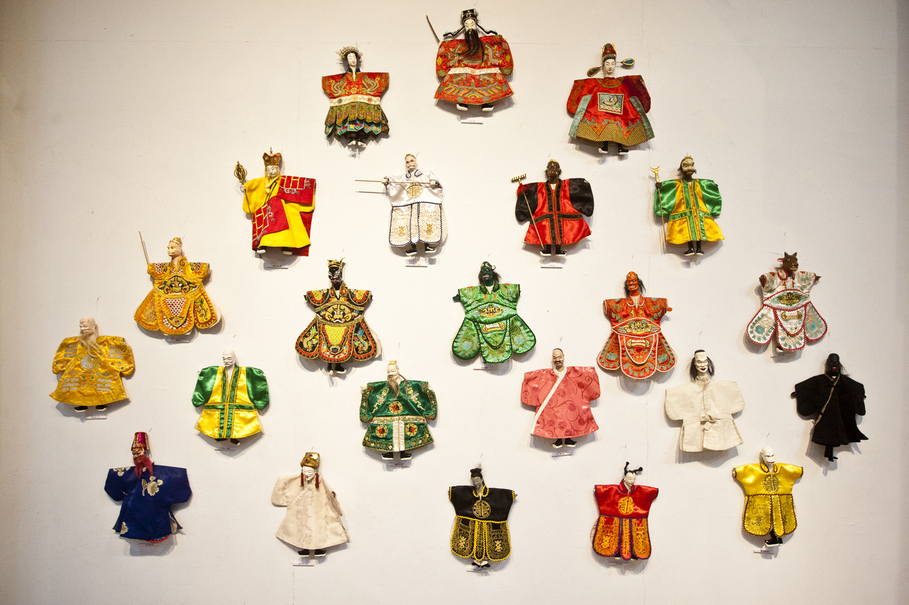ASEAN ARTS & CULTURE: ‘Wayang Potehi’ -JG Photo / Yudha Baskoro
Wayang Potehi, a Chinese puppet art form, was almost lost in Indonesia after the political upheaval of 1965, when hundreds of thousands of ethnic Chinese-Indonesians were killed on suspicion of being communists. (JG Photo / Yudha Baskoro)
.
.
Wayang Potehi, a Chinese puppet art form, was almost lost in Indonesia after the political upheaval of 1965, when hundreds of thousands of ethnic Chinese-Indonesians were killed on suspicion of being communists.
The art form first came to Indonesia around the 16th century, when large waves of Hokkien Chinese traders settled around the archipelago. The traders brought with them economic opportunities and unique art, such as the Barongsai dragon dance.
Potehi puppet shows typically take place in Confucian temples around the country and are open for the public.
Stories told during the show include popular legends from the Tong, Song and Ming dynasties. Other narratives include popular myths like Kera Sakti, Sam Pek Eng Tay, Jin Kui and the Swordsman from Liang Siang Mountain.
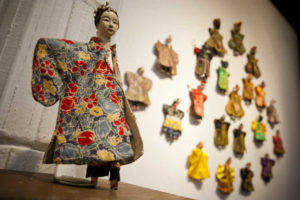
Wayang Potehi, a Chinese puppet art form, was almost lost in Indonesia after the political upheaval of 1965, when hundreds of thousands of ethnic Chinese-Indonesians were killed on suspicion of being communists. (JG Photo / Yudha Baskoro)
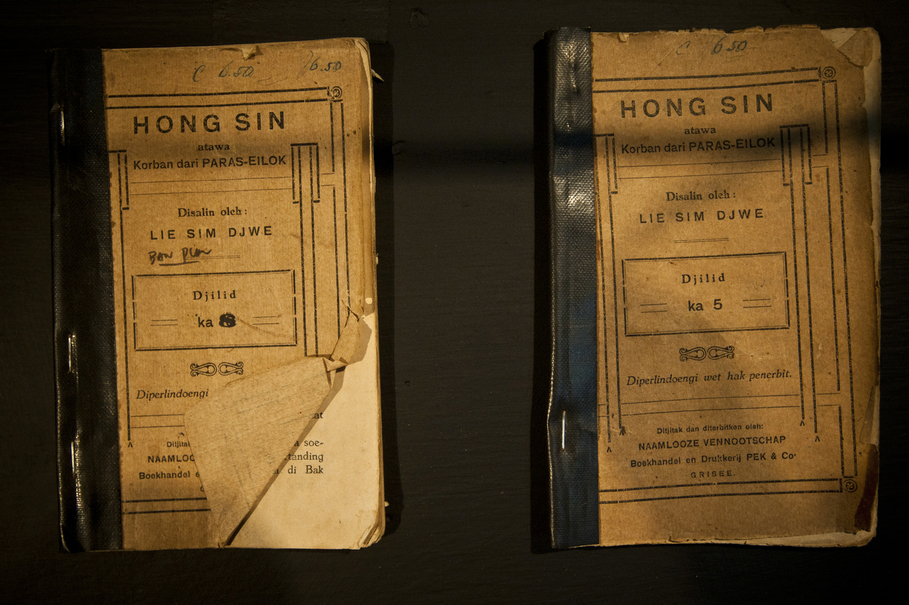 A Potehi performance put on by Toni Harsono, 49, at Bentara Budaya in Jakarta on Monday (07/05). (JG Photo / Yudha Baskoro)
A Potehi performance put on by Toni Harsono, 49, at Bentara Budaya in Jakarta on Monday (07/05). (JG Photo / Yudha Baskoro)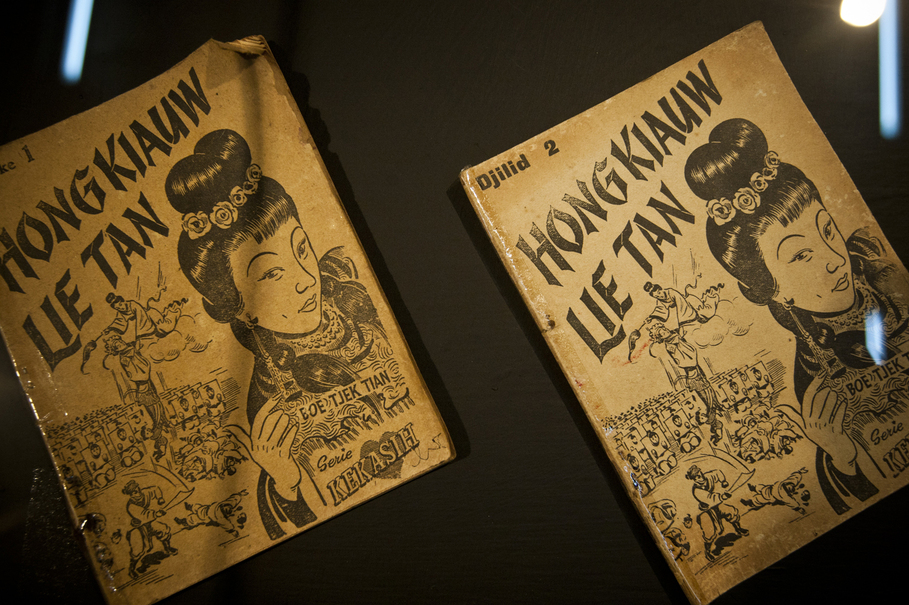 The art form first came to Indonesia around the 16th century, when large waves of Hokkien Chinese traders settled around the archipelago. The traders brought with them economic opportunities and unique art, such as the Barongsai dragon dance. (JG Photo / Yudha Baskoro)
The art form first came to Indonesia around the 16th century, when large waves of Hokkien Chinese traders settled around the archipelago. The traders brought with them economic opportunities and unique art, such as the Barongsai dragon dance. (JG Photo / Yudha Baskoro)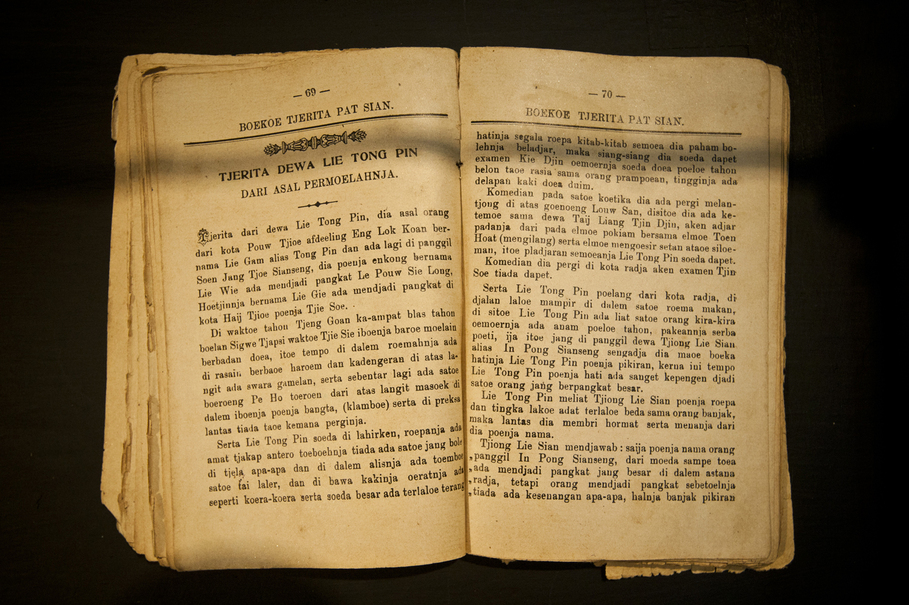 Potehi puppet shows typically take place in Confucian temples around the country and are open for the public. (JG Photo / Yudha Baskoro)
Potehi puppet shows typically take place in Confucian temples around the country and are open for the public. (JG Photo / Yudha Baskoro)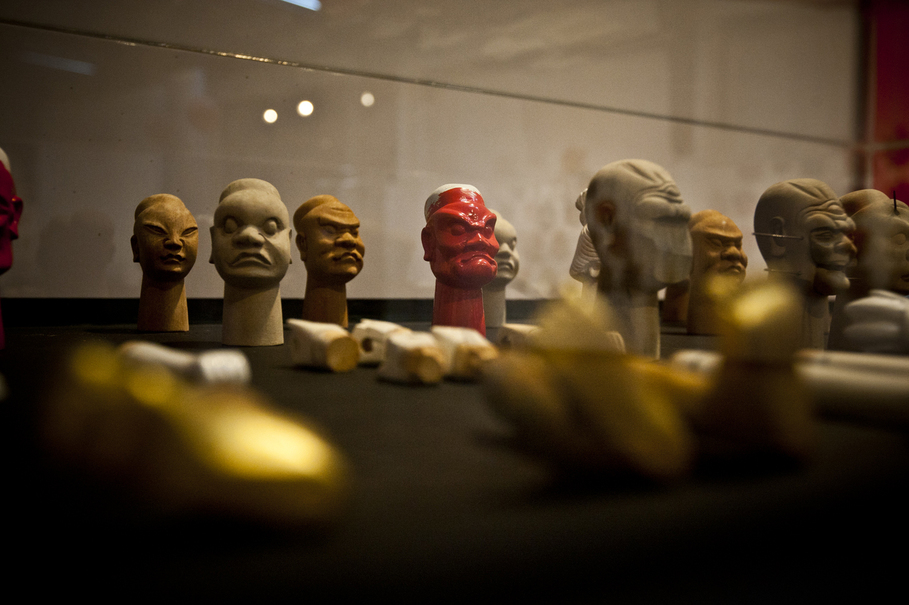 Stories told during the show include popular legends from the Tong, Song and Ming dynasties. Other narratives include popular myths like Kera Sakti, Sam Pek Eng Tay, Jin Kui and the Swordsman from Liang Siang Mountain. (JG Photo / Yudha Baskoro)
Stories told during the show include popular legends from the Tong, Song and Ming dynasties. Other narratives include popular myths like Kera Sakti, Sam Pek Eng Tay, Jin Kui and the Swordsman from Liang Siang Mountain. (JG Photo / Yudha Baskoro)By : JG | on 3:42 PM May 21, 2018 / /All photographs, news, editorials, opinions, information, data, others have been taken from the Internet ..aseanews.net | [email protected] | For comments, Email to : Goldenhands Arts Club | [email protected]| Contributor

